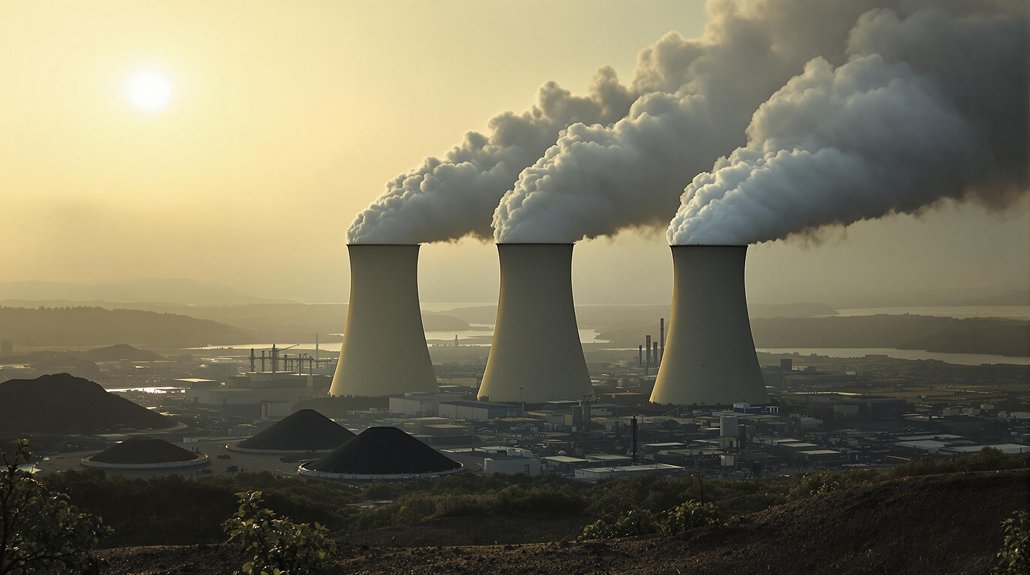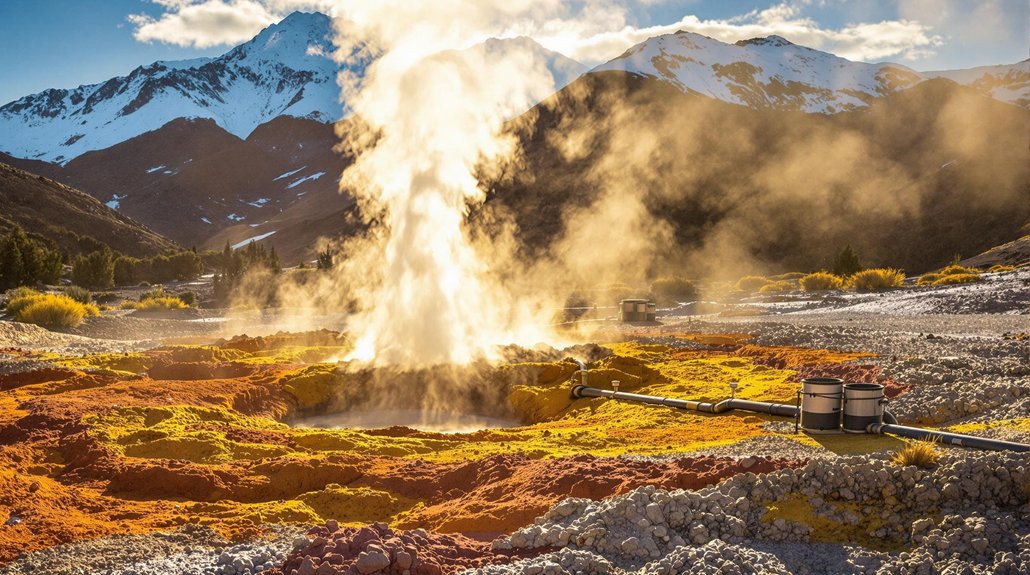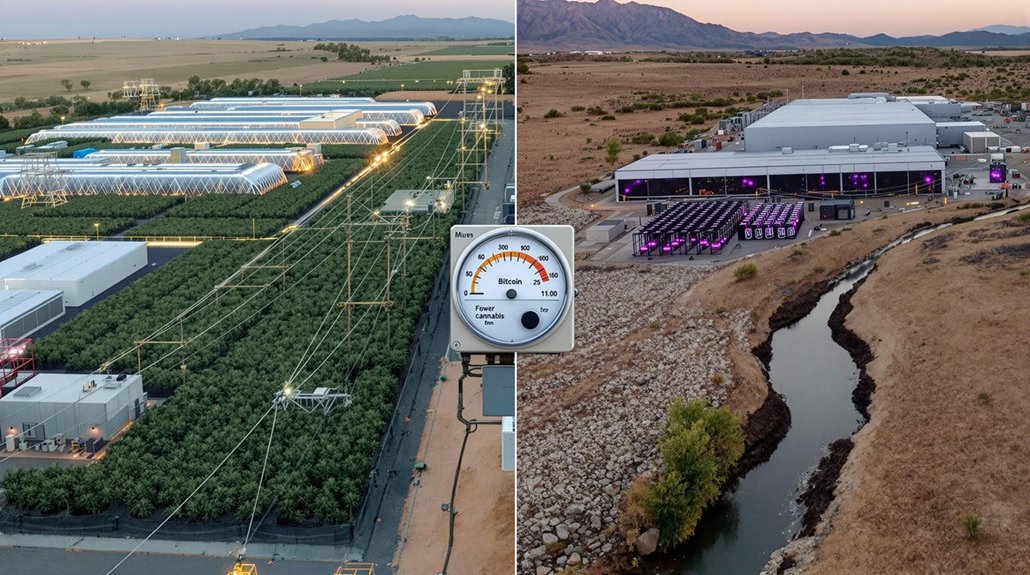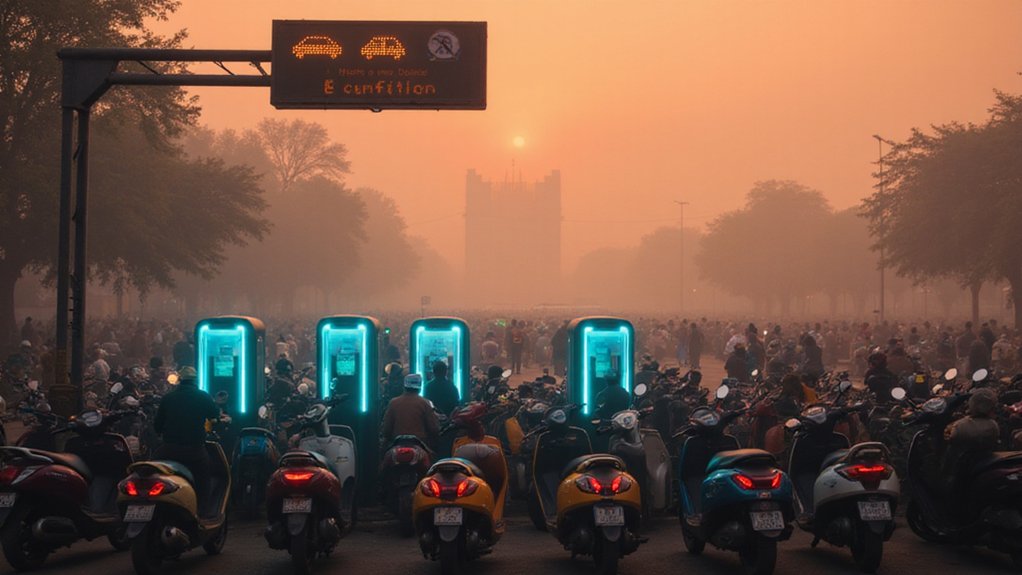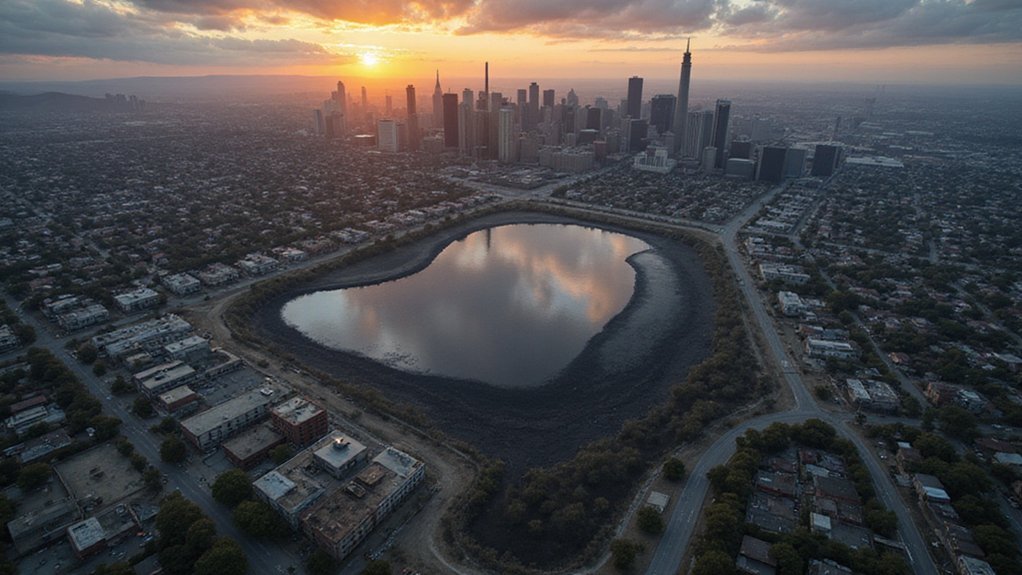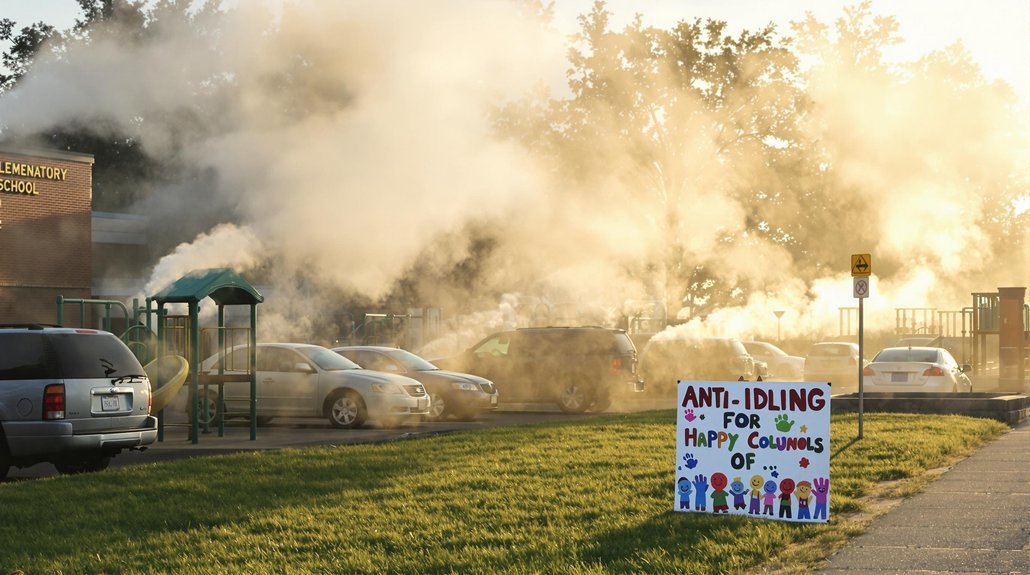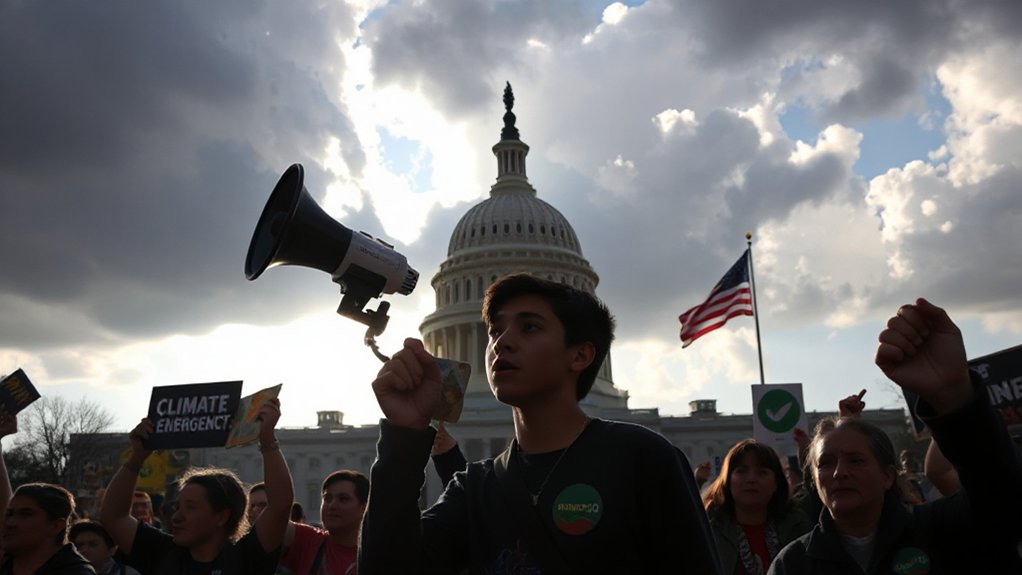The James H. Miller Jr. coal plant stands as America’s biggest carbon polluter, releasing over 23 million tons of CO2 in 2021 alone. It’s fighting to continue operations with minimal restrictions despite evidence linking its emissions to serious health problems in nearby communities. Local residents report breathing difficulties while plant operators cite economic benefits. The clash between public health concerns and industrial interests raises questions about who truly pays the price for America’s energy needs.
A giant cloud of carbon emissions hovers over Alabama, courtesy of the James H. Miller Jr. coal plant. This facility now holds the unwanted title of America’s most polluting coal plant. In 2020, it pumped 17.22 million metric tons of carbon dioxide into our atmosphere. That’s equal to the emissions from 3.7 million cars driving for a full year.
While many coal plants across the country are cutting back operations, the Miller plant keeps going strong. It ran at 83% capacity in 2021, far above the national average of 49% for coal plants. This high operation rate explains why it’s been the nation’s biggest CO2 polluter for eight straight years. The plant is owned by Southern Co., which has stated plans to achieve net-zero emissions by 2050.
The Miller plant isn’t just affecting climate change. Its massive pollution output creates serious health problems for nearby communities. Recent studies indicate higher mortality rates associated with coal pollution exposure than previously estimated. Research shows that air pollution from coal plants contributes to nearly half a million premature deaths among elderly Americans each year. People living close to these facilities face higher rates of respiratory and cardiovascular diseases. Reducing emissions from this single facility could significantly improve air quality and decrease healthcare costs in the region.
Coal pollution isn’t just a climate issue—it’s a public health crisis killing thousands in neighboring communities every year.
With a total capacity of 2,820 megawatts, the Miller plant ranks fifth in size nationally among coal plants. In 2021, it released nearly 23 million tons of CO2, staying about 5 million tons ahead of the second-worst polluter. Other major polluters include Missouri’s Labadie plant and Ohio’s Gen J.M. Gavin plant, but neither comes close to Miller’s emissions.
Current regulations haven’t effectively limited the plant’s pollution. Environmental groups are pressing state and federal authorities to enforce stricter controls on these “super-polluters.” They argue that the economic benefits of keeping the plant running at high capacity don’t justify the environmental and health costs.
Despite growing evidence of harm, the plant continues operations with minimal changes to its emissions output. As climate concerns grow, the spotlight on facilities like the James H. Miller Jr. plant intensifies, raising questions about how long such high-polluting operations can continue without significant intervention.
